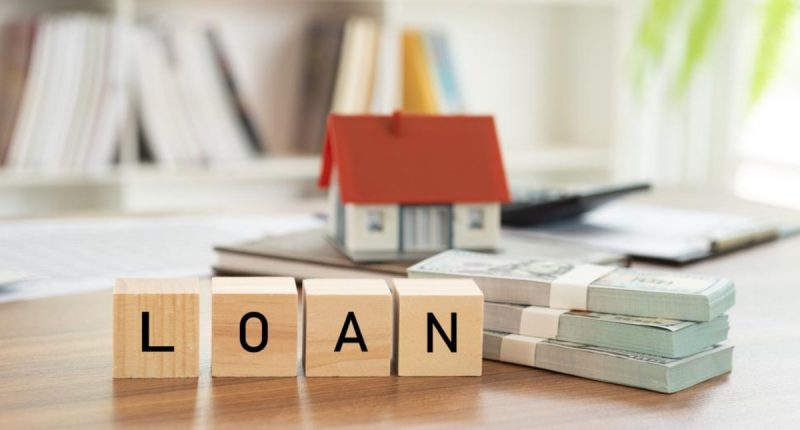First, it is important to understand that not all loans are the same. For example, taking out a loan to purchase a property or house is a good debt, while opting for a loan for luxurious lifestyle spending is unhealthy.
A few loans such as mortgages, student loans, and house loans are also tax advantageous. While typical consumer debts such as credit cards or personal loans extend no such benefit.
If managed effectively, it is quite possible to become debt-free at the earliest. All one requires is due diligence.
Pay a larger amount than the minimum due: Chalk out a budget and analyse how much more money can be devoted towards a debt. This helps to save money on interest and get out of the debt at the earliest.
Make a list of all the debts: This should include all bills, including auto loans, student loans, and credit card obligations, as well as their outstanding interest rates, and repayment intervals. This helps to keep track of the overall money owed.
Create a budget that includes debt payments: Creating a monthly budget is a healthy financial habit. It also helps to keep a tab on the urge for impulsive buying or splurging on unnecessary items during an online sale, and so on.
Make EMI payments before or on the due date: Make all equated monthly instalments (EMI) payments well on time. This regular habit helps to save against interest accumulation. Make it a habit to pay the instalment on the agreed-upon date. If possible, opt for automating the EMIs or credit card payments for the next day or immediately after the salary gets credited.
Give importance to debt with a high-interest rate: A personal loan interest rates may range from 12-20%, and credit card interest rates could go up to 40%. Ideally, such payments should be tackled first.
Raise the EMI amount or pay off debt wherever there is scope: An annual income raise or bonus received calls for stepping up payments for a credit card or personal loan obligations. It should be undertaken in a similar proportion as the increment if possible.
There may be prepayment penalties for personal and credit card loans. However, this fees remains negligible in comparison to the interest one has to shell out.
Lastly, all debt repayments should not be greater than 50% of the net income, that is after taxation. Also, the 20/10 rule of thumb says that consumer debt payments should not be more than 20% of the yearly take-home package and 10% of the monthly take-home salary.

Rajiv is an independent editorial consultant for the last decade. Prior to this, he worked as a full-time journalist associated with various prominent print media houses. In his spare time, he loves to paint on canvas.





